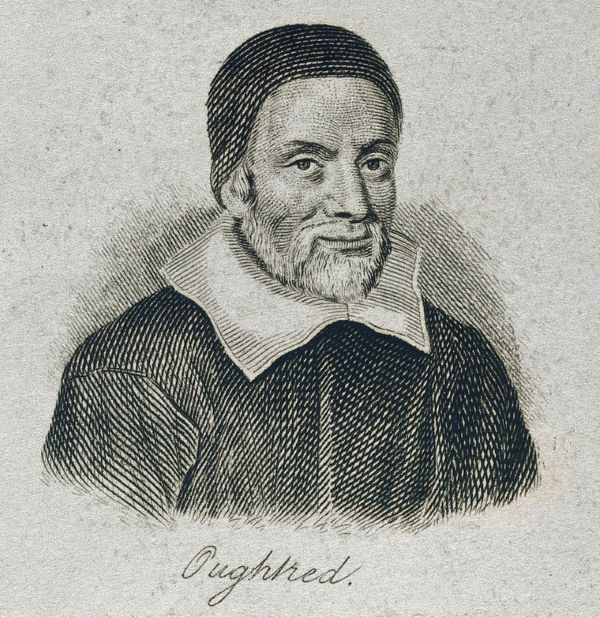- About MAA
- Membership
- MAA Publications
- Periodicals
- Blogs
- MAA Book Series
- MAA Press (an imprint of the AMS)
- MAA Notes
- MAA Reviews
- Mathematical Communication
- Information for Libraries
- Author Resources
- Advertise with MAA
- Meetings
- Competitions
- Programs
- Communities
- MAA Sections
- SIGMAA
- MAA Connect
- Students
- MAA Awards
- Awards Booklets
- Writing Awards
- Teaching Awards
- Service Awards
- Research Awards
- Lecture Awards
- Putnam Competition Individual and Team Winners
- D. E. Shaw Group AMC 8 Awards & Certificates
- Maryam Mirzakhani AMC 10 A Awards & Certificates
- Two Sigma AMC 10 B Awards & Certificates
- Jane Street AMC 12 A Awards & Certificates
- Akamai AMC 12 B Awards & Certificates
- High School Teachers
- News
You are here
The Life of Sir Charles Scarburgh: Early Life and Education
Not much is known about the childhood of Sir Charles Scarburgh. His date of birth is not documented, but his baptism took place on December 29, 1615, at St Martin-in-the-Fields, an Anglican church in Westminster; the baptismal record gives a Latinized version of his name, “Carol Scarborowe” [Kitto and Mason 1898, 48]. His parents, Edmund and Hannah Scarburgh, immigrated to the Virginia colony when Charles was still very young, leaving him behind in England. Following their departure, he was most likely raised in the household of one of his uncles, Samuel or John, who were both lawyers in London.
Scarburgh attended St Paul’s School in London from 1628 to 1633 [Keevil 1952, 113–114]. After that, he was admitted on March 4, 1633, to Caius College at Cambridge University, the same college that his grandfather, father, and uncles had all attended. (The matriculation record listed Scarburgh as being only sixteen at the time of his admission, which appears not to be accurate, given the date of his baptism [Venn and Venn 1887, 184].) He earned his Bachelor of Arts in 1637 and his Master of Arts in 1640. He was then elected to a fellowship and continued to study medicine and mathematics [Keevil 1952, 114].

Figure 2. Portrait of Seth Ward, oil on canvas, by John Greenhill, c. 1667.
Image courtesy of Wikimedia Commons.
While at Cambridge, Scarburgh became acquainted with Seth Ward (1617–1689), who shared his interest in mathematics. Ward would later go on to become the Savilian Professor of Astronomy at Oxford, as well as the Bishop of Exeter [Aubrey 1898, 284–286]. Both Ward and Scarburgh taught mathematics classes, and one mathematics textbook that we know they both used was Clavis mathematicae (The Key to Mathematics), first published in 1631 by William Oughtred (1574–1660), who was perhaps most famous for constructing the first slide rule. Clavis mathematicae was written while Oughtred was serving as the tutor to the son of a nobleman, and it included algorithms and problem solving in arithmetic, algebra and geometry [Cajori 1915, 441].

Figure 3. Line engraving of William Oughtred. Wellcome Library no. 7528i, made available by
Wellcome Collection via Creative Commons license 4.0 International (CC BY 4.0).
In order to ask questions about the text, Ward and Scarburgh actually visited Oughtred in Albury, which is located southwest of London and about 100 miles from Cambridge. Oughtred mentioned both of them in the 1652 edition of his work, and he particularly praised Scarburgh’s skill in mathematics as well as his mastery of the work of Euclid and Archimedes [Munk 1878, 254]. The relationship between Oughtred and Scarburgh continued throughout their lives, and Scarburgh completed the posthumous revision and publication of Oughtred’s remaining papers in a single volume in 1676. While these last manuscripts were not considered to be major works, Oughtred still must have had a high opinion of Scarburgh’s scholarship to entrust him with the task [Cajori 1915, 465].
Michael Molinsky (University of Maine at Farmington), "The Life of Sir Charles Scarburgh: Early Life and Education," Convergence (June 2021)




